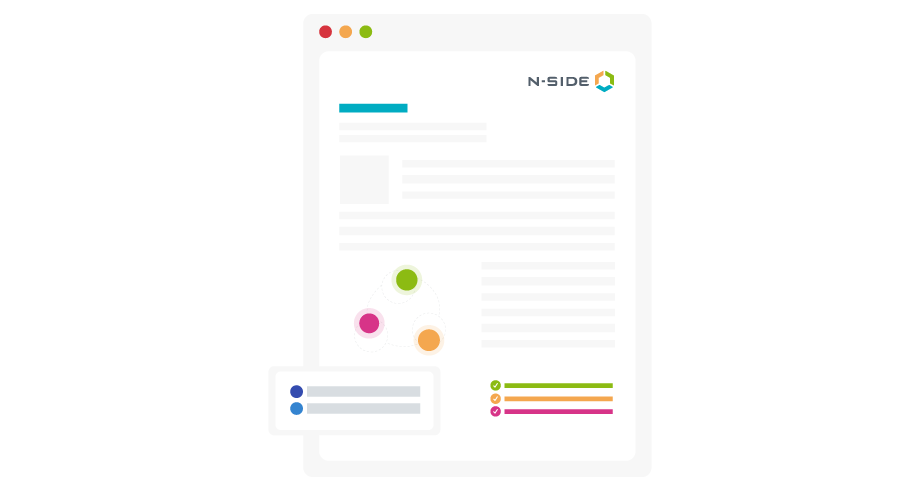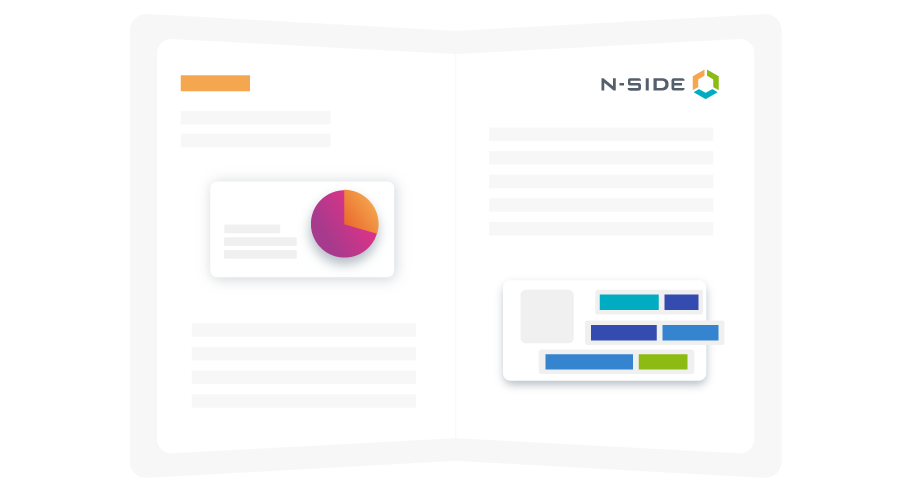Dream big, start small


"How to plan for success in early phase clinical trials"
Forecasting and optimization are often associated with big pharmaceutical companies, ambitious R&D pipelines, and complex Phase III clinical trials. However, experience has taught us that planning for success already starts in the early phases of clinical trials.
What about smaller biotech companies with only a few trials? What about those pre-clinical, Phase I or Phase II trials, or trials without an IRT system? Can’t they also benefit from forecasting and optimization?
Even smaller trials in their early phase can benefit from clinical supply optimization
The answer is a simple “yes”. Regardless of your organization’s size or the clinical trial stage, simulations and optimization allow for the optimal allocation of resources that can be even more limited in the early stages of development (time, money, drug). Using advanced mathematical algorithms can help to replicate the physical clinical supply chain virtually and assess the impact of multiple simulations. As a result, you will improve predictability, better characterize the risk, and identify opportunities to optimize outcomes.
These are essential aspects that every supply chain manager should be able to take into consideration. Especially in a young organization or team, developing robust processes and using the right tools are fundamental to bringing structure, encouraging data-driven decision-making and collaboration, and anticipating needs.
There is no shortcut to success. By starting small, doing it the right way, and being consistent, the supply chain department will thrive and efficiently deliver the ambitious clinical R&D timelines everyone has been working hard to achieve.
The N-SIDE solutions can help even smaller biotechs of pharmaceutical with early phase trials. To understand how our 20+ years of expertise and experience on over 12,000 trials can benefit your team too, ask for a demo right now.



About the Author
Marine holds a Master degree in Business Engineering. Passionate about Technology and Life Sciences, she couldn't dream of a better place to work than N-SIDE. Since 4 years now, she has been dedicated to bring innovation in clinical trials supply chain through end-to-end optimization. Marine is now responsible to expand N-SIDE's global footprint into the APAC market and build strong partnerships in the region.
Marine du Jardin




Increase your knowledge with these related resources

article
What is clinical trial supply optimization
Clinical trial supply optimization is the process of supplying the right amount of investigational medicinal product (IMP) and comparators to all trial sites so all patients receive their doses on schedule.
By optimizing the clinical trial supply strategy, all sites can be safely supplied while minimizing both costs and drug waste. This is accomplished by calculating drug product overage as an output of optimization models.
read more
case study
N-SIDE collaborates with AstraZeneca
N-SIDE and AstraZeneca worked together to reduce the waste and cost of this trial while still keeping the patients and their safety at the center of their concerns.
Read the case study to learn what they discovered and see the results they managed to reach. Overall, not only did they manage to reduce both the cost and drug waste levels of this study but some changes helped decrease the risk of missed dispensing for the patients as well.
deep dive
article
How AI & Machine Learning Are Improving Clinical Trial Forecasting
Clinical trials are becoming more complex. New types of therapy like biologics and personalized medicine, as well as treatments targeting rare diseases, create challenges in recruitment, supply chains, and trial protocols.
Trials are also getting more expensive. The global clinical trials market size is expected to reach $69.3 billion USD by 2028, up from $44.3 billion in 2020. At the same time, however, only around 12% of drug development programs end in success.


